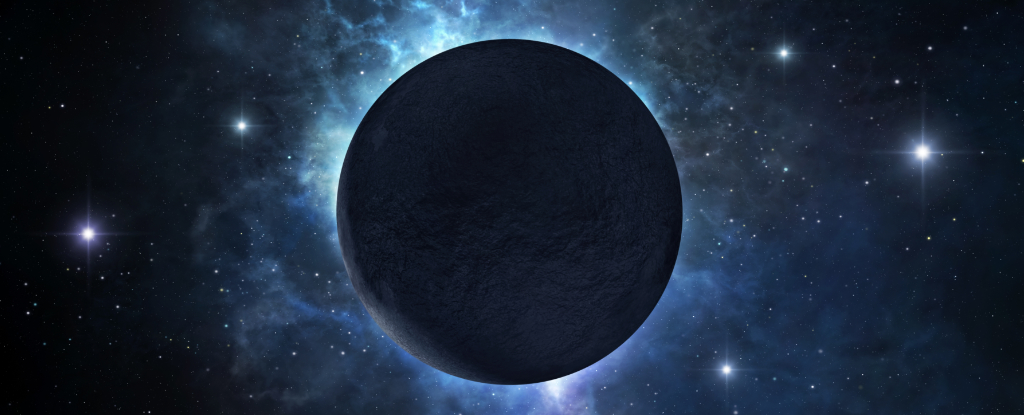Bizarre Discovery: Brazilian Sharks Found to Absorb Cocaine from Polluted Waters

In a shocking revelation that underscores the peculiar and alarming state of ocean pollution, Brazilian sharpnose sharks, scientifically known as Rhizoprionodon lalandii, are swimming through waters tainted with illicit drugs, specifically cocaine. This unexpected finding was detailed in a pioneering study published in Science of The Total Environment, which reveals that these small sharks are absorbing cocaine in concentrations that far exceed those found in other marine species. The implications of this phenomenon are vast, highlighting the dire consequences of human pollution on marine life and ecosystems.
The Rise of ‘Cocaine Sharks’: What the Study Reveals
The species under investigation, which typically measures no more than 20 inches in length, does not evoke fear among beachgoers; however, they have recently become the focus of a concerning scientific exploration. Conducted in the waters off of Brazil’s Port of Santos—Latin America’s busiest port—researchers discovered that juvenile sharks exhibited traces of cocaine within their bodily tissues. The study, spearheaded by scientists Gabriel de Farias Araujo and Enrico Mendes Saggioro from the Oswaldo Cruz Institute, identified alarming levels of both cocaine and its metabolite, benzoylecgonine. These findings suggest a chronic exposure to the drug, indicating that this is not merely an isolated incident but a pressing environmental issue.
Previously held beliefs about the extent and implications of drug pollution are now being challenged. The detection of cocaine in these sharks sheds light on the persistent and widespread nature of such pollutants. The study has ignited concern among environmentalists, marine biologists, and toxicologists, raising critical inquiries regarding the long-term implications of these chemicals on the health of marine ecosystems.
How Cocaine Gets Into the Ocean
The presence of cocaine in ocean waters is not solely attributed to drug smugglers discarding bales of illicit substances into the sea. A significant portion of this pollution can be traced back to human consumption. Wastewater treatment facilities, designed to filter out typical contaminants, are ineffective at processing substances like cocaine, allowing these drugs to seep into rivers and estuaries unfiltered. Often, drugs are not completely broken down in sewage systems, creating a pathway for them to enter our oceans. Moreover, illegal drug labs situated near waterways contribute to the runoff of cocaine residues. The combination of these factors, along with the slow-moving tides typical in mangrove regions, permits harmful chemicals like cocaine to persist long enough for marine life to absorb.
This pollution issue is not merely incidental; it speaks to a wider systemic problem that could affect coastal zones globally. As drug use remains prevalent, particularly in urban settings, the infiltration of pharmaceutical pollutants into our waterways is projected to increase.
The Dangerous Effects of Cocaine on Sharks and Marine Life
While ongoing research aims to elucidate the full ramifications of cocaine exposure on marine species, existing studies have shown that this chemical can disrupt the physiological functions of various animals. In sharks, the ingestion of cocaine may impair neurological functioning. Research focusing on other species—such as zebrafish and European eels—indicates that cocaine exposure diminishes cell vitality, impacts muscle performance, and accelerates fatigue, making essential behaviors like migration increasingly arduous. For sharks, even minor disruptions in their electroreception—the sensory mechanism they depend on for hunting—can have profound implications, potentially leading to hindered growth, diminished reproductive success, and an overall decline in survival rates. This decline is especially worrisome given that many shark populations are already threatened by overfishing.
Moreover, the impact of cocaine on marine ecosystems extends beyond the sharks themselves. The introduction of such pollutants into the ocean can precipitate a cascade of negative effects, disrupting entire food webs and jeopardizing other species reliant on clean habitats. The enduring consequences of this chemical contamination could be catastrophic, particularly for endangered species already grappling with habitat loss and other environmental pressures.
The Ripple Effects: How Drug Pollution Impacts the Marine Food Chain
The presence of cocaine within marine ecosystems does not solely impact sharks. The drug can also be absorbed by smaller organisms such as plankton, crustaceans, and various invertebrates, which constitute the foundational layer of the oceanic food web. As these smaller creatures ingest cocaine, they ultimately transfer it to larger predators, including sharks, dolphins, and seabirds. This process, known as biomagnification, results in apex predators accumulating significantly higher concentrations of cocaine. Such accumulation poses a grave threat, as the chemicals can alter the behavior and health of these top-tier predators.
This scenario illustrates that drug pollution doesn’t only affect those species directly exposed to harmful substances; it reverberates throughout the broader marine ecosystem. As pollutants ascend the food chain, they amplify in concentration, intensifying their negative repercussions on marine life. Ultimately, this chain reaction could result in shifts in predator-prey dynamics, reproductive behaviors, and migratory patterns, with lasting effects on biodiversity.
The Global Scope of Pharmaceutical Pollution
The cocaine issue facing Brazil is merely a fragment of a larger, global crisis concerning pharmaceutical contamination of aquatic ecosystems. Around the world, researchers have identified various pharmaceuticals present in aquatic species. For instance, antidepressants have been detected in perch from the Great Lakes, while epilepsy medications were discovered in river otters in the UK and methamphetamines have been found in Czech trout. Each of these chemicals has unique consequences for the organisms that encounter them, contributing to an escalating environmental crisis. The introduction of cocaine into this scenario exacerbates the challenge, as the coexistence of multiple drugs within the same ecosystems can yield compounded effects, unpredictably altering behavior, reproduction, and migration.
The implications of pharmaceutical pollution extend beyond the mere presence of these chemicals; they also highlight the growing difficulties faced by governments and scientists striving to mitigate this issue. As the use of pharmaceutical products continues to rise globally, the threat posed by such pollution is likely to worsen unless meaningful intervention is implemented.




























